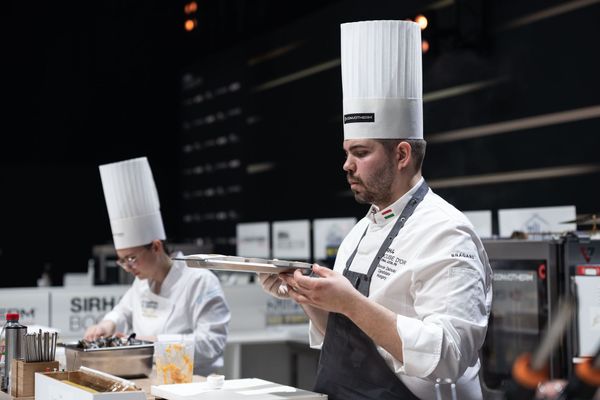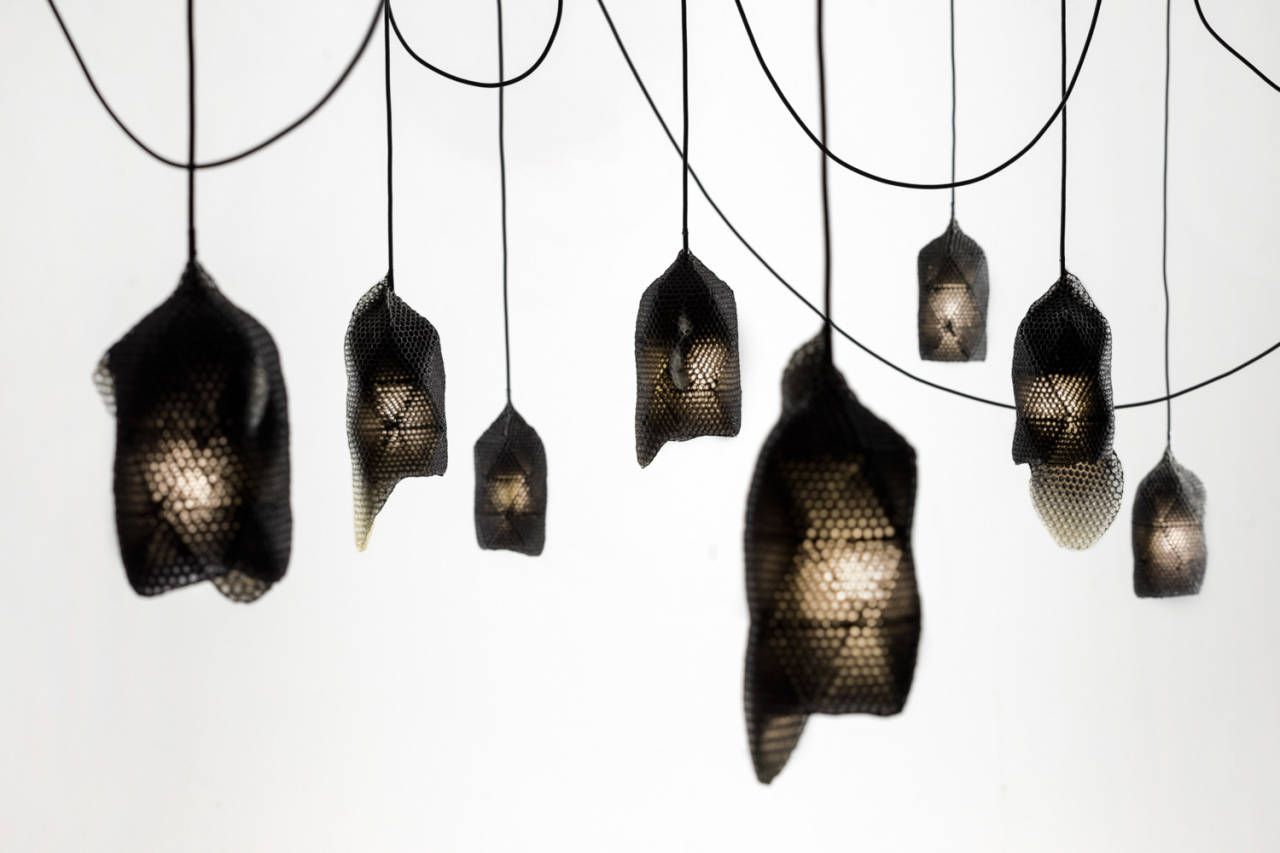More and more people are becoming aware that without the tiny, yellow-brown striped, humming bees, much of nature would be under threat. Although they sometimes can cause trouble with their stings, we should be grateful to these insects, as ninety percent of plants reproduce thanks to their pollination. The alarming decline in the number of bees is not only spurring the hard-working beekeepers to action but also ingenious designers.
The secret of Czech designer Eduard Seibert’s Beehive project is that he creates his lamps in collaboration with bees. The lamps are made from beeswax at the same time as honey is produced.
The lampshade, made with the bees’ ‘signature,’ is not only exciting in its concept, but also offers an unusual aesthetic. The dynamically changing geometry is organically shaped by the animals, so no two pieces are alike. A perfect choice for architecture, design, and art enthusiasts, but also an exceptional environmentally friendly alternative. Beeswax is fully compostable and recyclable, and the technical part can be reused in other products. The Beehive project is so far unique in the lighting market, no other product like it has ever been created.
Seibert studied at the Technical University of Liberec (Fakulta umění a architektury, Technická univerzita v Liberec) and then completed a master’s degree at UMPRUM in Prague, where he started working on this project as his thesis. In the beginning, he imagined lamps made of glass and investigated how he could form a few tenths of a millimeter thin honeycomb out of fragile glass. Later, he realized that his choice of materials was driven by habit, and he switched to wax, which is natural, soft, fragrant, and can be produced and disposed of without harming the environment. As well as having a unique aesthetic quality, the project is exceptional primarily because of the manufacturing process. After defending his thesis, the creator returned to Liberec, where he studied the effects of artificial lighting on the mental well-being of humans as part of his doctoral studies.

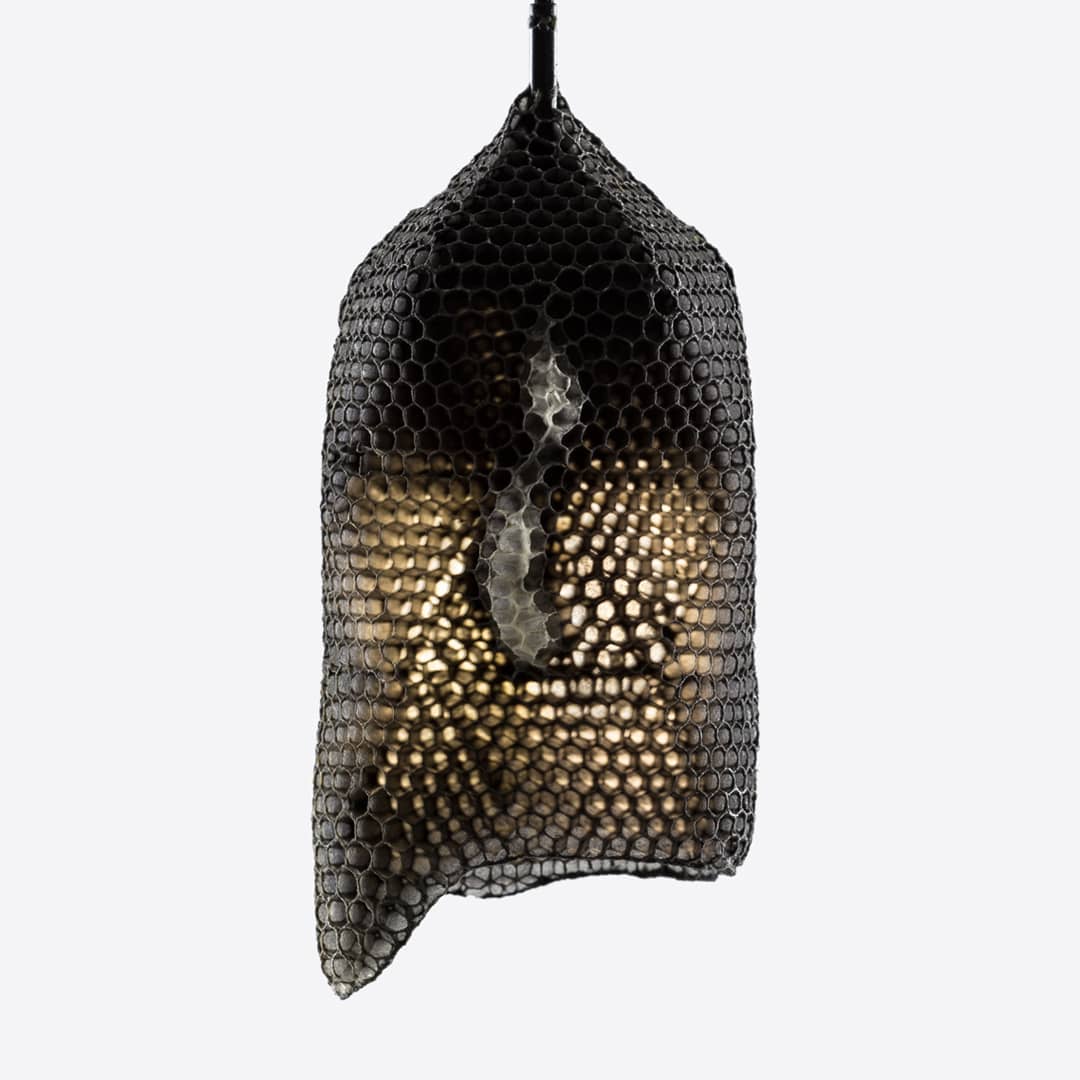
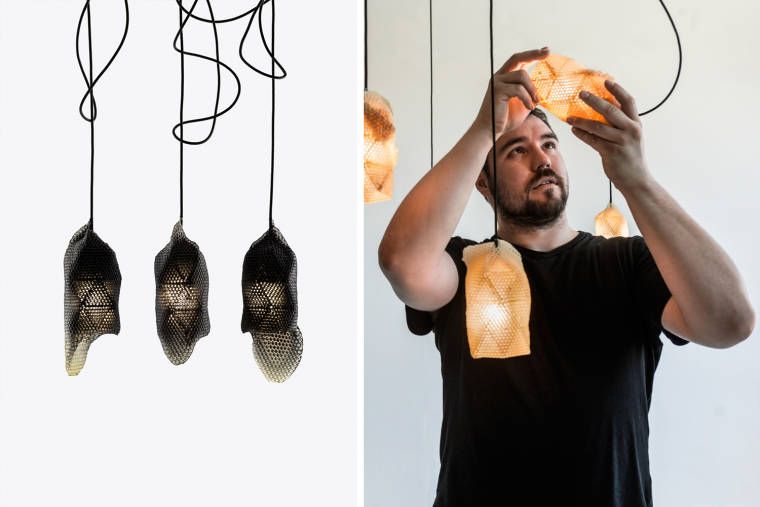
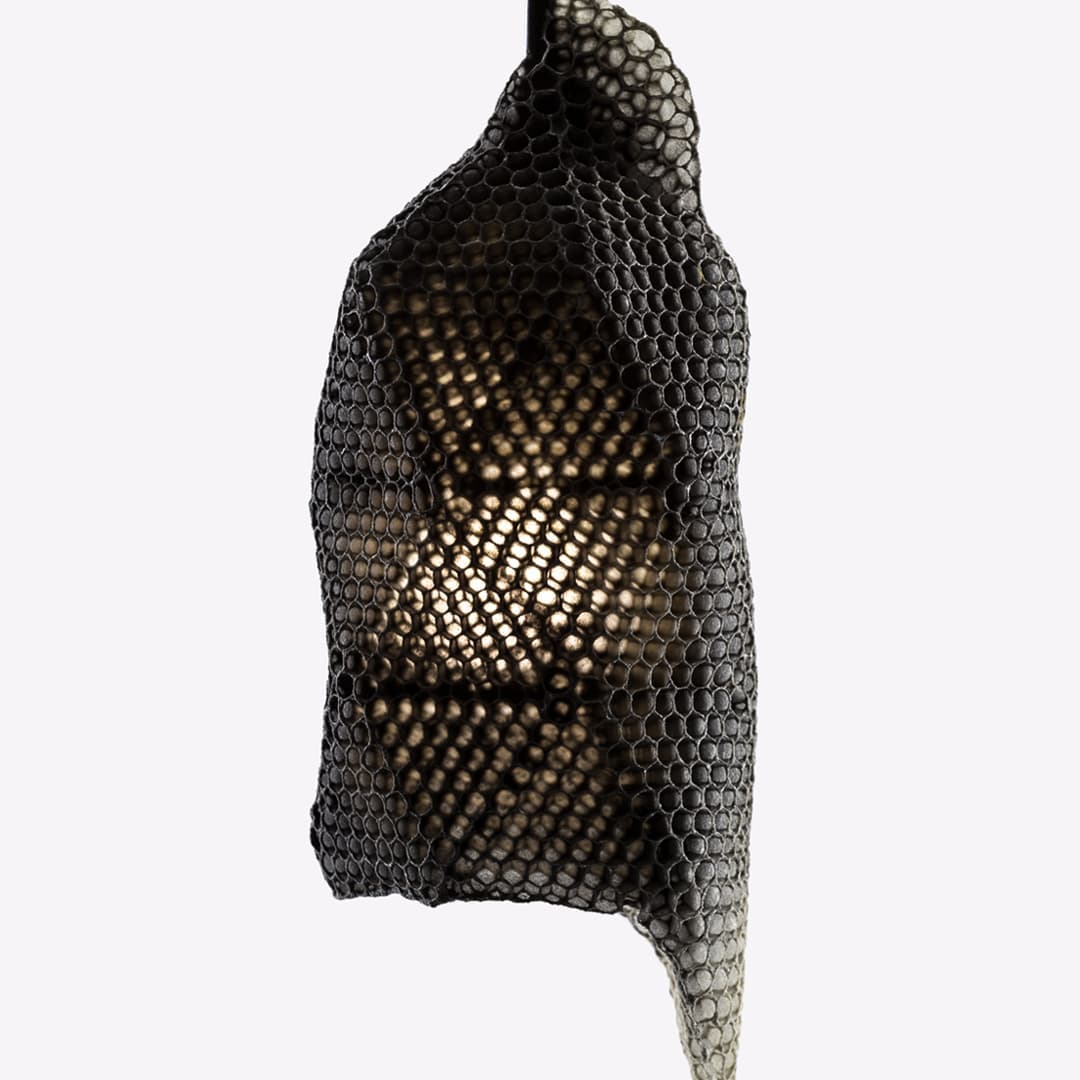
The work process is lengthy, as creating a product that can later be recycled is time-consuming, and the steps requiring direct contact with bees has to be carried out with the minimum possible intervention. The total weight of wax in the lampshades is about ten grams, which is negligible compared to the total amount of wax in the hive, and the bees are given extra material to build the lamp, so the process is minimally stressful for them. Of course, when one comes up with such an innovative idea, a wide spectrum of reactions can be expected. Eduard has received mixed feedback from beekeepers, ranging from scorn to admiration. Another important manufacturing aspect is durability, as due to the delicacy of the material, only bees are able to repair the product. The oldest prototype owned by the designer is already seven years old, which means that the products can be used for up to at least ten years without any problems. The greatest care must be taken to avoid mechanical stress and excessive temperature changes.
The Beehive is a creative response to overconsumption: it offers a fresh perspective from both a manufacturing and a consumer standpoint. The beeswax lamp responds to needs in an aesthetically and environmentally responsible way. Seibert plans to produce less than a dozen pieces per year, with the natural-colored luminaire priced at around CZK 8,000, and CZK 10,000 for the black-colored version. The mystical glow of the lamps would be ideal for tea rooms, meditation centers, or even as the perfect accompaniment to an evening conversation placed on the coffee table at home.
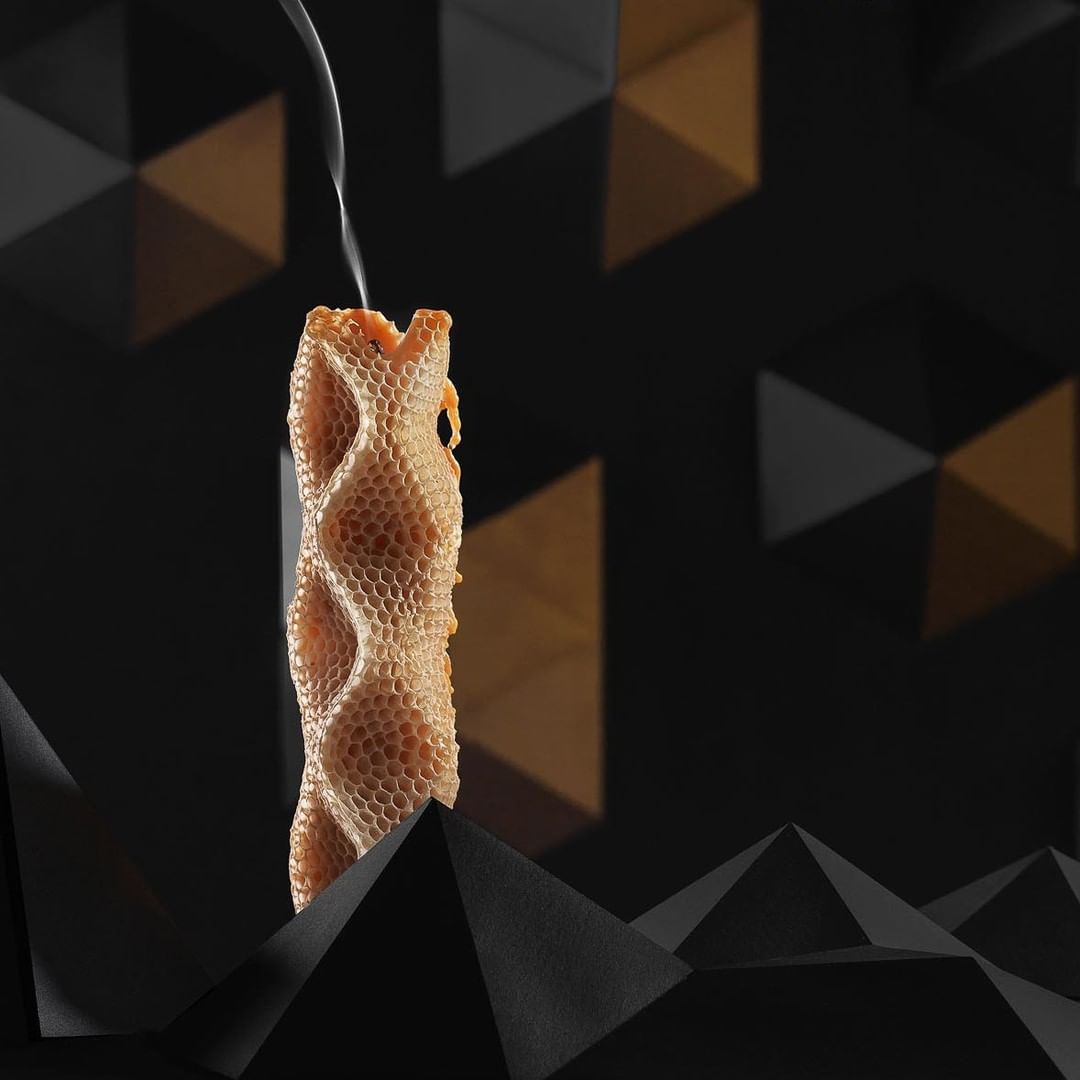
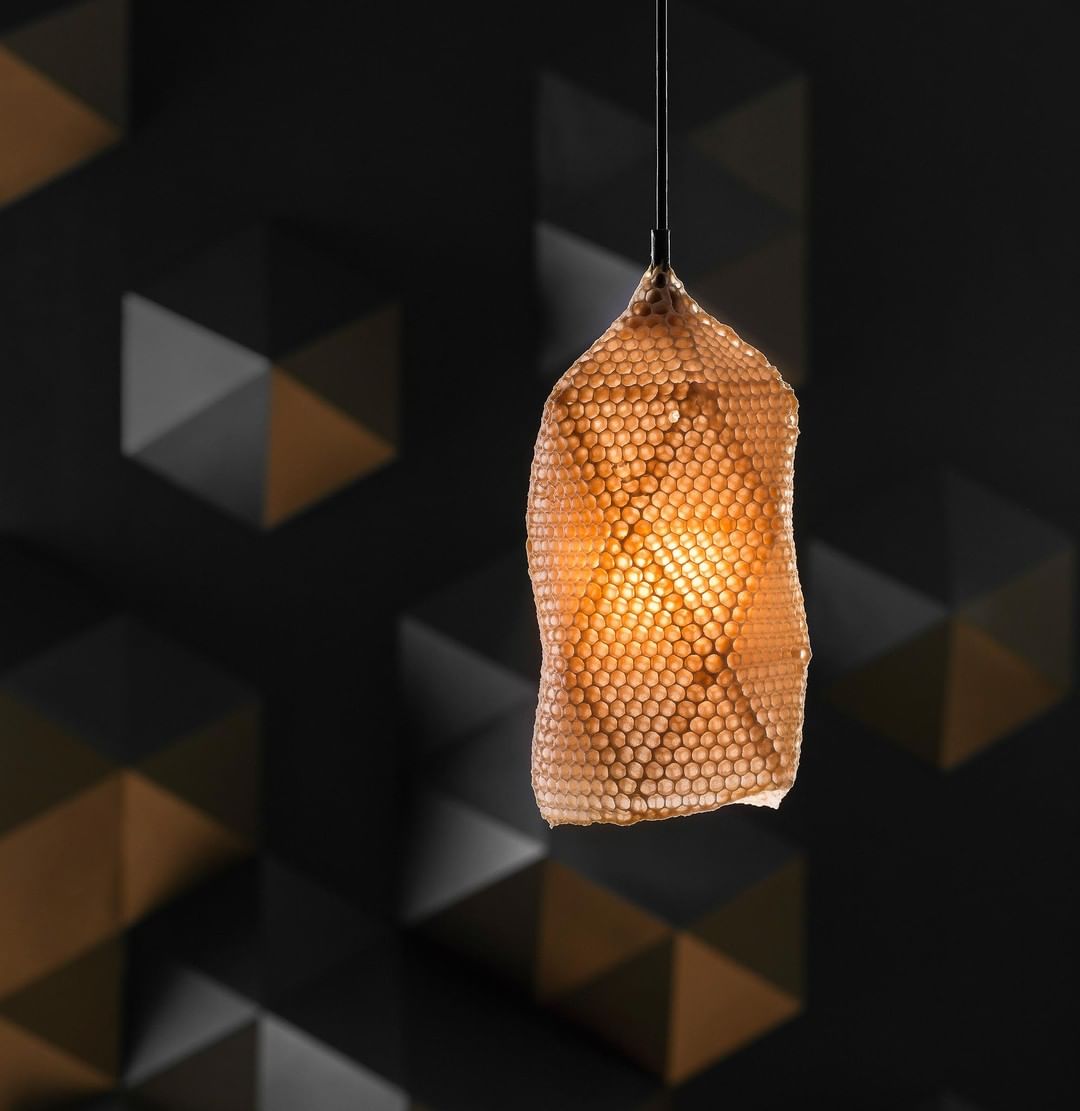
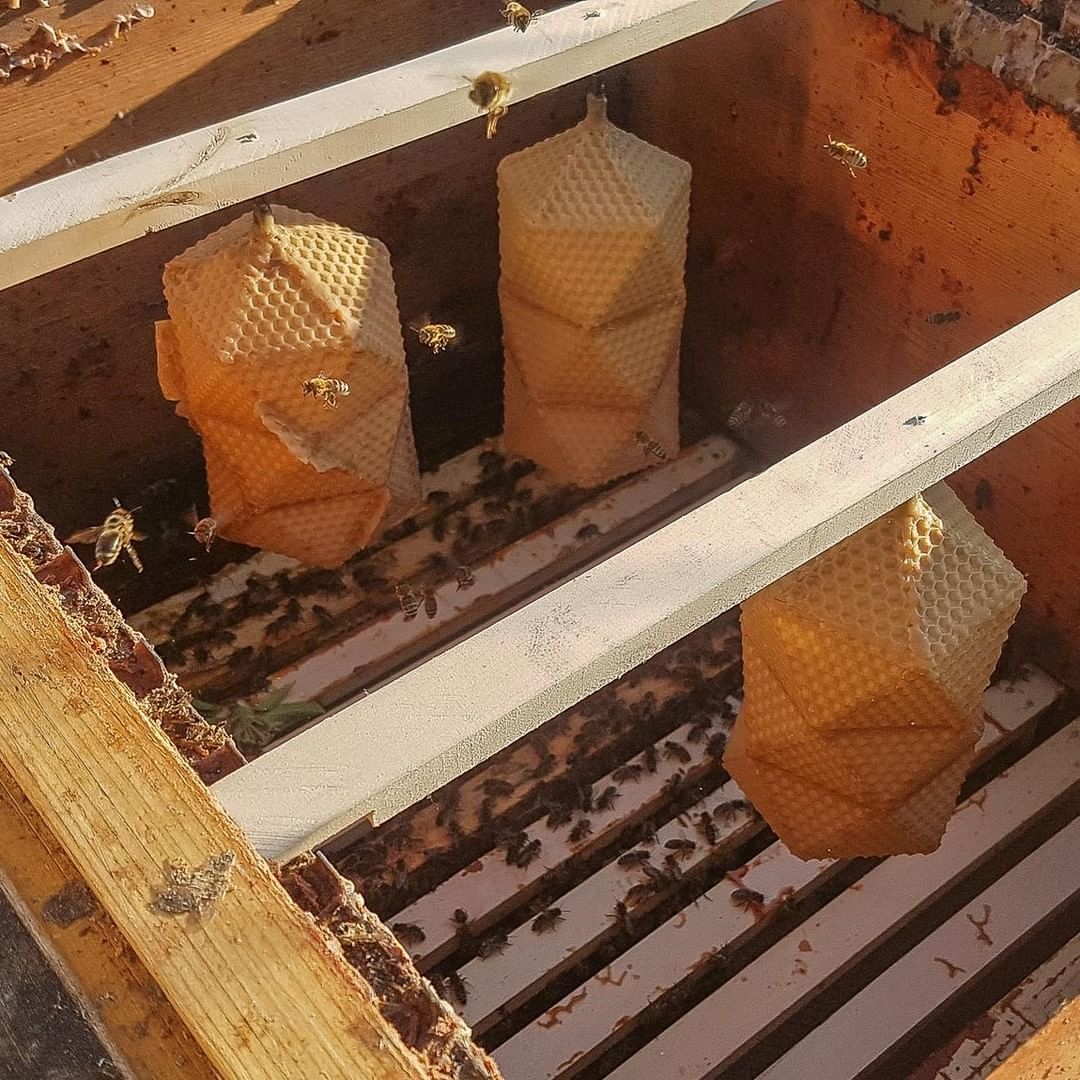
Seibert has devoted most of his time in recent years to researching the background of the project, so much so that the lamps have also sparked his interest in beekeeping. He now has his own apiary and has decided to become actively involved in the beekeepers’ association in Liberec, while studying beekeeping at secondary school. In addition to the development of Beehive, he has started experimenting with a new line of products that contrast beehives with human architecture and urbanism.
Photos: Filip Györe
Beehive | Instagram
Source: Czech Design
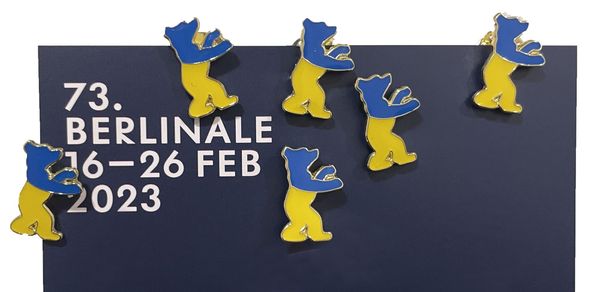
Sean Penn’s documentary on Ukraine to premiere at Berlinale
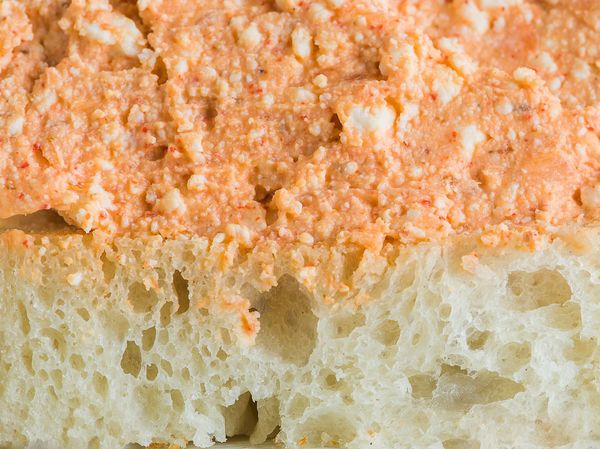
Canteen #1—Sandwiches
